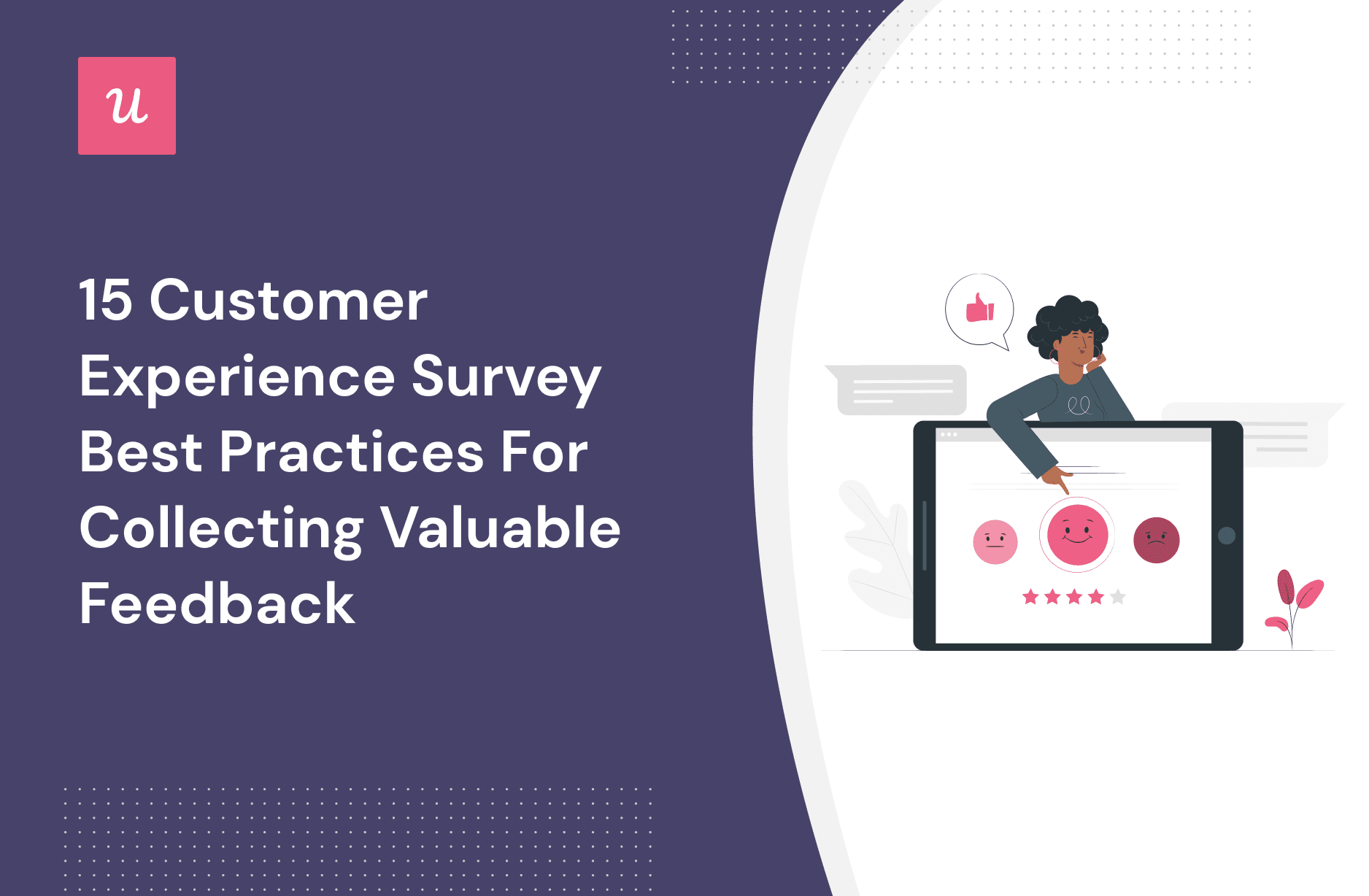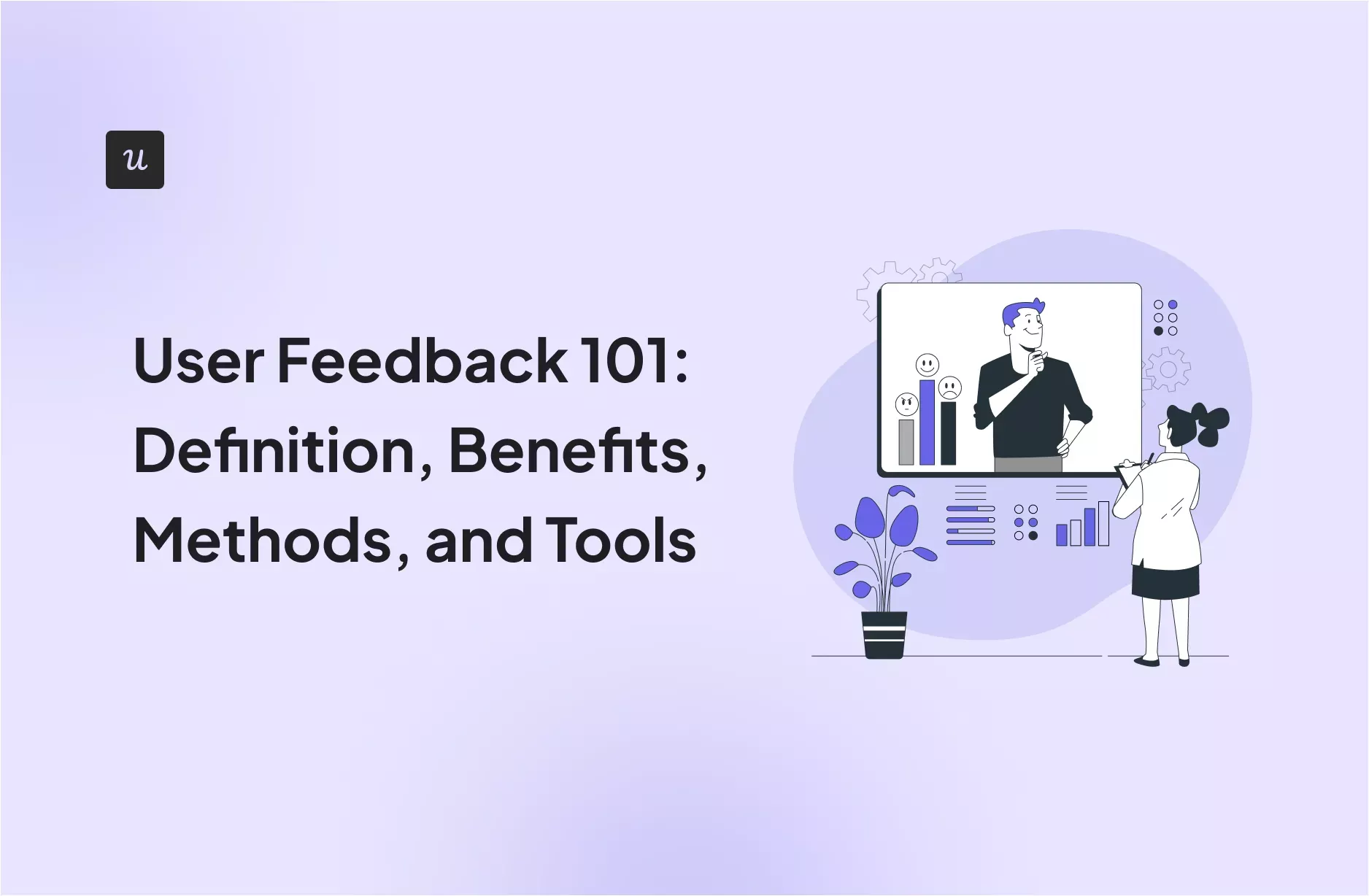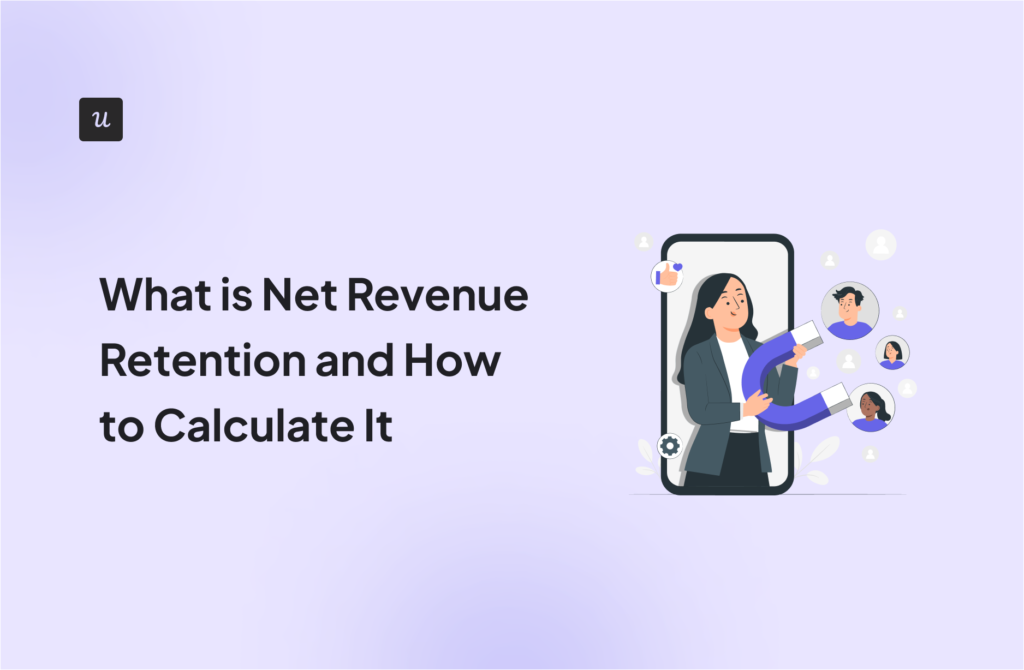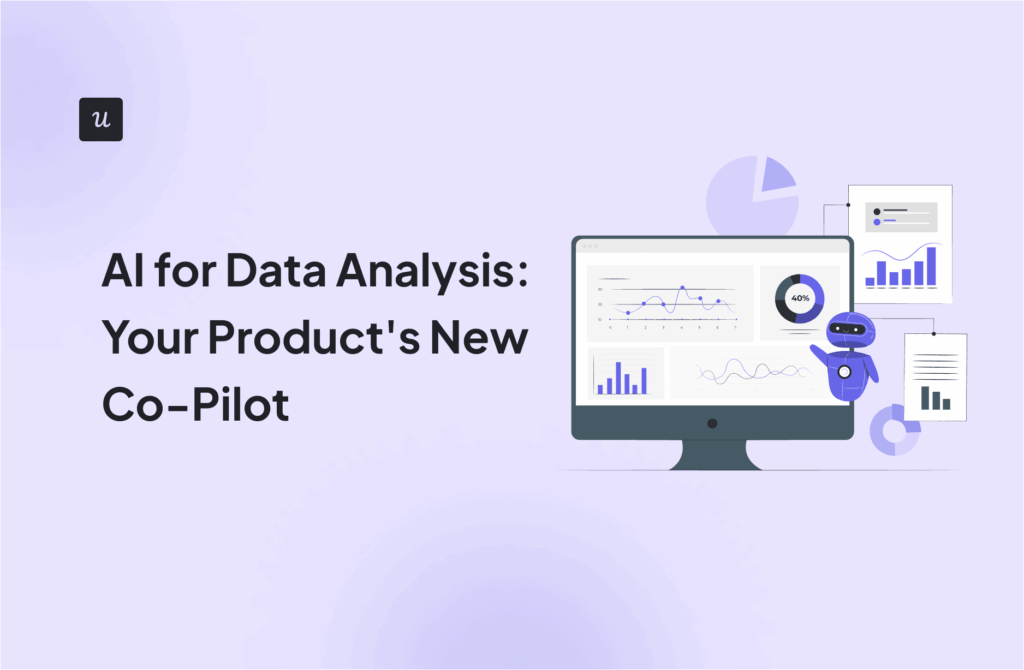
15 Customer Experience Survey Best Practices For Collecting Valuable Feedback
When it comes to customer experience survey best practices you have to consider the timing, placement, wording, and the right audience segments, among other things.
In this article, we’ll share 15 of our survey best practices to help you factor in the aforementioned and make the most of customer feedback.
Try Userpilot Now
See Why 1,000+ Teams Choose Userpilot

What is a customer experience survey?
A customer experience survey is a method of uncovering customer sentiments about their interactions with your brand across different touchpoints of the user journey.
What are the benefits of running customer experience surveys?
Below are some advantages of conducting customer experience surveys:
- Inform product decisions: Surveys help you understand customer expectations. This is vital because it means your product development/improvement efforts will be based on precise data, not assumptions.
- Identify areas for improvements: Contextual surveys are great for spotting friction in your product. A quick CES or CSAT survey after a customer interacts with specific aspects of your product can reveal the friction points.
- Increase customer and client retention rates: Collecting and implementing feedback tells customers that you care about their experience and opinions about your brand and they will have more reason to stick with your brand. Not to mention the fact that your users will be excited about sharing feedback next time, knowing you’ll implement—or at least—consider their thoughts.
15 customer experience survey best practices for collecting insightful feedback
Anyone can create CX surveys, but it doesn’t guarantee high response rates and accurate answers. Triggering your survey at the wrong time, making it too long/short, or sending it to the wrong audience will skew your results.
Here are some best practices to follow if you want to save time and maximize customer feedback.
Replace long-form surveys with microsurveys
Too many questions in one survey will result in bad-quality data. Customers either get tired and stop answering or rush to complete the survey, inevitably providing incomplete/inaccurate answers.
So, keep your surveys short and focused on one goal. It’s always better to do a few microsurveys at small intervals than a long, dreadful one with never-ending questions.

Use different types of surveys across the customer journey
A user’s context and experiences vary as they move down the customer journey, so it makes sense to implement different survey types. Let’s consider some:
NPS surveys to measure customer loyalty
Net Promoter Score (NPS) surveys allow your company to measure loyalty in a given period.
It involves using an 11-point scale (0-10) to ask customers about the likelihood of recommending you to friends and colleagues. High NPS scores show customers are happy with your brand and vice versa.
You can launch NPS after customers complete the onboarding process, make a transaction, or after any other meaningful interaction.
NPS surveys can also be relational and be sent to customers sporadically to keep tabs on product health. But be careful to send your NPS surveys sparingly. 2-4 times a year is ideal; anything more than that and you risk survey fatigue.

You can also effortlessly trigger NPS on mobile to gather valuable user insights and boost satisfaction on-the-go.
Customer effort score surveys for identifying friction points
The customer effort score (CES) survey measures the perceived effort of a user when interacting with your product.
It’s a no-brainer that customer motivation reduces when they exert much effort to use a tool. The problem is you may not realize where users are struggling as you are an expert at using your own product. A quick CES survey can reveal touchpoints that require a lot of cognitive load on the user’s part.
You can launch a CES survey after a customer engages with a new feature for the first time, completes an in-app guide, and pretty much at every important touchpoint.

Customer satisfaction score surveys for gauging CX at different touchpoints
Conducting customer satisfaction surveys help you gauge satisfaction on a granular level and understand how each specific interaction makes users feel.
You can trigger this survey type at almost every customer touchpoint—post onboarding, after using a feature for the first time, after account renewal, etc.
Your CSAT surveys can also follow interactions with a customer service representative. Measuring customer satisfaction in this context will help you instantly understand how well your support team is performing, and you can address any dissatisfaction before it escalates.
For example, consider the survey below. You could reach out to customers that respond with a negative emoji, try to know why they’re dissatisfied, and offer immediate solutions.

Collect both quantitative and qualitative customer insights
You need both for a holistic view of the customer experience.
Quantitative surveys are easy to fill, so many customers will respond. This quick data will show you facts about your company and customer base at a glance. Quantitative insights are typically collected using different close-ended questions, multiple-choice questions, the Likert scale, etc.
Qualitative surveys use open-ended questions to allow customers to express themselves. The collected data is more actionable and tells you what exactly you can do to improve the customer experience.

Trigger customer satisfaction surveys contextually using segmentation
Survey timing and placement matters. You don’t want to ask users questions about aspects of your tool they don’t use and know nothing about.
Imagine signing up for a free trial of a tool and a few days in, the company sends you a survey asking for feedback on a paid feature. How confusing and unprofessional, right?
How do you avoid these mistakes? The answer is simple – with user segmentation.
With the right software, you can properly segment your users based on the plan, NPS score, and product usage and ensure you’re sending surveys to the right cohort at the perfect time.

Incorporate both proactive and reactive surveys
Proactive surveys are company initiated. It’s you taking surveys to the customers and asking for feedback. On the other hand, reactive surveys are passive always-on widgets that allow users to submit feedback when they want to.
Proactive surveys are good for capturing valuable real-time feedback and are especially useful when you want to act on the data immediately.
Use reactive surveys to show customers that you’re always open to feedback. Just knowing they can launch your app at any time and submit feedback helps to build trust between you and the customer.

Personalize your survey by adding photos and micro-videos to it
People relate to other people, not companies. That’s why it’s important to give your brand a personality and humanize it.
Customers will be extra motivated to share thoughtful responses when they see a picture or micro-video of someone from your company.
And this isn’t hard to implement. Userpilot allows you to easily add pictures and videos when building in-app surveys on top of modals.

Leverage AI to generate simple and concise microcopy
A good microcopy is short, on point, and has a vocabulary clear of technical jargon or complex terminology. But we all know how hard and time-consuming it can get trying to fit your survey questions into a microcopy that makes sense.
Artificial intelligence can help. With the right AI writing tool, you can:
- Paraphrase questions for better flow and clarity.
- Write short introductions outlining the purpose of your surveys.
- Increase/reduce text length with just a button click.

Avoid biased questions in your customer satisfaction survey
One mistake people often make is writing survey questions that directly or indirectly influence specific answers. Your results will be skewed, and your survey goals will be defeated.
Here are the types of survey questions you want to avoid:
- Leading questions: These questions are written in a way that guides respondents to a particular answer. The phrasings imply there’s a correct answer, so respondents often don’t try to think of anything contrary. Leading questions can sometimes be coercive, e.g., “Our customer service team treats you right, don’t they?”
- Loaded questions: This is similar to leading questions, but takes a more assumptive and accusatory approach. Example: “As a product manager, will you use this tool to improve your onboarding completion rates?”
- Double-barrelled questions: These surveys ask two questions at once and provide room for only one answer. Example: “How satisfied are you with our XYZ feature and your latest interaction with the support team?” It might seem like two harmless questions, and respondents could just provide an answer for both. But customers may have different opinions about the new feature and their support interaction, so they’ll be unsure which response to give.
Pre-notify your customers before sending lengthy forms
We mentioned earlier how using a progress bar when sending long surveys is essential. Another strategy you can use is pre-notifying respondents about your survey length.
Asking for consent prepares the customer’s mind for your survey. It also ensures a frictionless experience because they already have an idea of what to expect before clicking.
You can use website banners or slideouts to send your notification.

Reward survey respondents for more extensive feedback
It’s always a good idea to cheer your customers up and show you appreciate their contributions with a small gift.
The rewards you give don’t have to come at an additional cost for yourself. Typical examples of SaaS include access to premium features and discounts.
Be cautious with rewards though, only offer them when asking for detailed feedback from loyal customers. Otherwise, respondents will become incentive-driven and just answer surveys to get something in return and not out of a genuine desire to help.

Include a progress bar for higher survey response rates
Sometimes you can’t avoid your surveys getting long because of the kind of data you need to collect. This is where progress bars come in.
Adding a progress bar to your surveys serves as a gamification element that pushes users to complete the process—just seeing that you have only a few steps left motivates you to want to finish what you started.

Distribute the surveys via multiple channels
In-app surveys are highly effective but don’t limit yourself. Embrace a multichannel approach – meet customers where they are and assess their experience with your brand at other touchpoints.
You’d be amazed how feedback gotten from different channels can lead to significant customer experience improvements.
For instance, simple surveys triggered via social media/website chatbots can uncover insights to enable you to optimize your social media page/website and convert more visitors.
Wise sends NPS surveys through email. This kind of survey will have a good response rate because it’s unobtrusive and triggered immediately after a key interaction.

Make the survey more relevant to different target audiences with localization
Localization is about adapting to the culture and language of customers in different target markets. In this particular context, it refers to translating surveys into your respondent’s native language.
Implementing this will help you break linguistic and cultural boundaries. It’s also a great example of personalization and inclusive design. Your customers will appreciate you going the extra mile and will be more likely to provide thoughtful and detailed feedback.

A/B test different iterations of your survey
A/B testing helps you identify surveys that resonate best with your audience and elicit the most responses.
Play with:
- Question types
- Length
- Placement
- The wording of the question
- Any other variations you can think of
Note the differences and stick to the version your customers like the most.
Follow up on customer feedback and close the loop
Closing the feedback loop with customers lets them know you didn’t just gather their opinions for the sake of it. And they’ll be more willing to provide feedback next time.
So how do you close the feedback loop?
- Collect more details where necessary.
- Apologize if needed and let them know you’re working on the problem.
- Implement solutions and inform users of changes you’ve made.

How Userpilot can help you Improve customer experience
Customer success and product teams use our platform to create engaging customer surveys, track the results, and find insights to improve CX.
Here are three main ways Userpilot can help:
Customize survey templates or build from scratch – all without coding!
Don’t have time to think about every aspect of your survey? Userpilot has predefined forms you can use to make surveys in seconds.
You can also create from scratch with an easy-to-use visual editor.

Trigger user surveys at relevant milestones with custom events
An event is an action or series of actions a user takes while engaging with your product.
Think of them as goals or milestones—for example, reaching the activation point is a common milestone in SaaS. But before the user gets there, they’ll have to engage with multiple features and perform some actions.
You can use Userpilot’s custom events feature to define when a user reaches a specific milestone. With this data, you can trigger a survey when an event happens (highly contextual feedback can be collected this way).

Tag NPS survey responses to identify patterns and trends
Many companies struggle to analyze and make sense of survey responses. Userpilot’s tagging feature solves this problem.
You can tag qualitative NPS responses to instantly see the number of people mentioning a particular topic. This makes it easier to spot patterns correlating with low or high satisfaction scores.

Conclusion
Customer surveys are a powerful tool to help you learn about customer experience and take proactive steps to improve your products and services.
Making surveys a regular practice and always closing the feedback loop will ensure users feel more comfortable with your brand, driving retention and loyalty.
Ready to begin implementing the customer experience survey best practices discussed in this article? Get a Userpilot Demo and see how to build surveys in minutes without coding.







